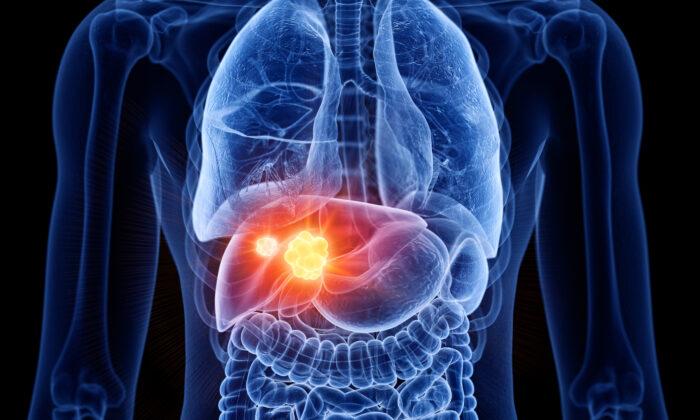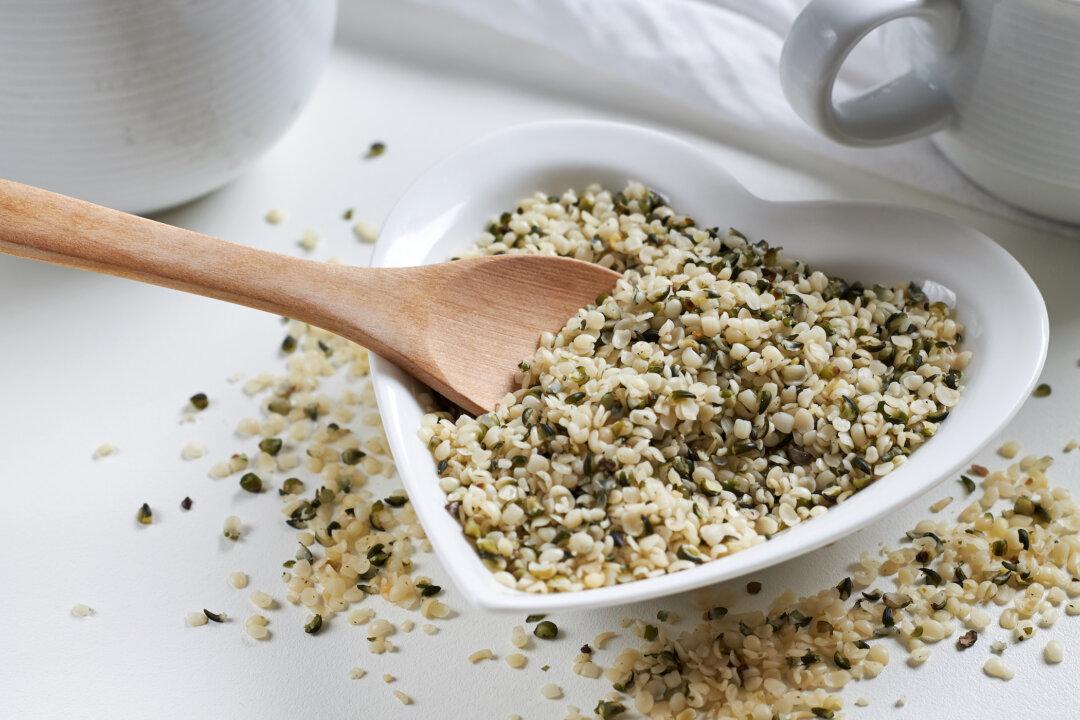Nonalcoholic fatty liver disease (NAFLD) – deposits of fat in the liver that can’t be attributed to excessive drinking – currently affects well over 100 million Americans. And, while nonalcoholic fatty liver disease can be quite mild, untreated NAFLD can lead to serious complications such as, liver cancer, liver failure and premature death. Simply put, in this article, you’ll discover why a liver detox is a must for most people.
Why a Liver Detox Is a Must … Living in the “Modern” World
Fatty liver disease can affect your health by interfering with the detoxifying function of the liver, impairing the metabolism of nutrients, inhibiting oxygen uptake and weakening the immune system.But what is behind this worldwide epidemic?
Exposure to a wide array of environmental toxins can also threaten liver health.
On a daily basis, we are exposed to a truly overwhelming barrage of toxins – including pesticides, herbicides, preservatives, cleaning chemicals, air pollution, VOCs (volatile organic compounds), cigarette smoke, heavy metals and electromagnetic radiation from laptops and smart phones.
In addition, medications – both prescribed and over-the-counter – and alcohol can contribute to the toxin burden on the liver. Plus, certain medical conditions – such as metabolic syndrome, gallbladder removal (cholecystectomy), high blood pressure, elevated cholesterol and type 2 diabetes – can increase the odds of developing liver disease.
The Wide Range of Symptoms That Indicate Liver Disease
- Pain or discomfort under the right side of your rib cage
- Difficulty digesting fatty foods
- Abdominal bloating
- Skin issues like, dark liver spots or rashes
- Dark circles under the eyes
- Itchiness of the skin
- Dry skin
- Weight gain – not due to overeating
- Frustrating inability to lose excess body weight, despite calorie restriction
- Excess abdominal fat
- Powerful cravings for sugar, alcohol or coffee
- Yellowish or whitish coating of the tongue or bad breath
- Mood swings and mood disturbances
- Fatigue that is not relieved by sleeping more
- Heavy snoring or sleep apnea
- Allergies and autoimmune disorders
- Jaundice – in which the skin or the whites of the eyes appear yellow
- And, finally, excessive sweating
According to Dr. Gottlieb, fresh, organic fruits and vegetables – the first line of nutritional defense against liver disease – should comprise 30 to 40 percent of the daily diet, with at least three servings a day of cruciferous vegetables such as Brussels sprouts and cauliflower.
Glutathione, the Body’s “Master Antioxidant” Is an Important Ally in Liver Health
This disease-fighting enzyme is found in every cell in the body – but is most heavily concentrated in the liver. In other words, the liver can be considered “Glutathione Central.” A powerful antioxidant, glutathione defends against disease by reducing oxidative damage and neutralizing toxins and carcinogens.According to experts, the best way to increase glutathione levels is to eat healthy amounts of the foods containing the amino acids cysteine, glutamine and glycine – the three precursors, or “building blocks,” of glutathione. In addition, you can ramp up internal glutathione production with cysteine-rich cruciferous vegetables, cage-free eggs and undenatured, raw whey protein.
Until recently, experts generally did not recommend oral supplementation with glutathione, as there were questions as to how well it can be absorbed. However, if you would like to try glutathione supplementation, liposomal glutathione is considered the best bet.
Non-Toxic Milk Thistle Fights Liver Disease “Across the Board”
Milk thistle, botanically known as Silybum marianum, is rich in silymarin, a powerful antioxidant and anti-inflammatory compound. Silymarin helps to prevent the binding of toxins to cell membrane receptors, thereby neutralizing carcinogens and biological toxins.It also offers a trio of benefits that seem specifically designed to fight fatty liver disease – promoting the regeneration of liver cells, helping to prevent liver scarring, and interfering with the accumulation of fats in the liver.
Milk thistle’s therapeutic properties have been backed up by studies. Research has shown that milk thistle extract inhibits pro-inflammatory pathways and substantially reduces markers of liver inflammation in patients with chronic liver disease.
Look for a high-quality formulation from a reputable company, standardized to 70 to 80 percent silymarin. For short-term liver detoxification, physicians may advise 150 mg of milk thistle extract one to three times a day. For ongoing liver support and protection, dosages in the area of 50 to 100 mg, three times day, are typical.
Of course, again, we suggest you talk to a functionally-trained doctor (first) before supplementing with milk thistle.
Although our liver can work heroically to cleanse and detoxify the blood, the truth is: these hard-working organs sometimes require a little TLC. Therefore, a liver detox – supervised by a qualified natural healer – can provide that much-needed support and represent the first step back on the road to a healthy life.





